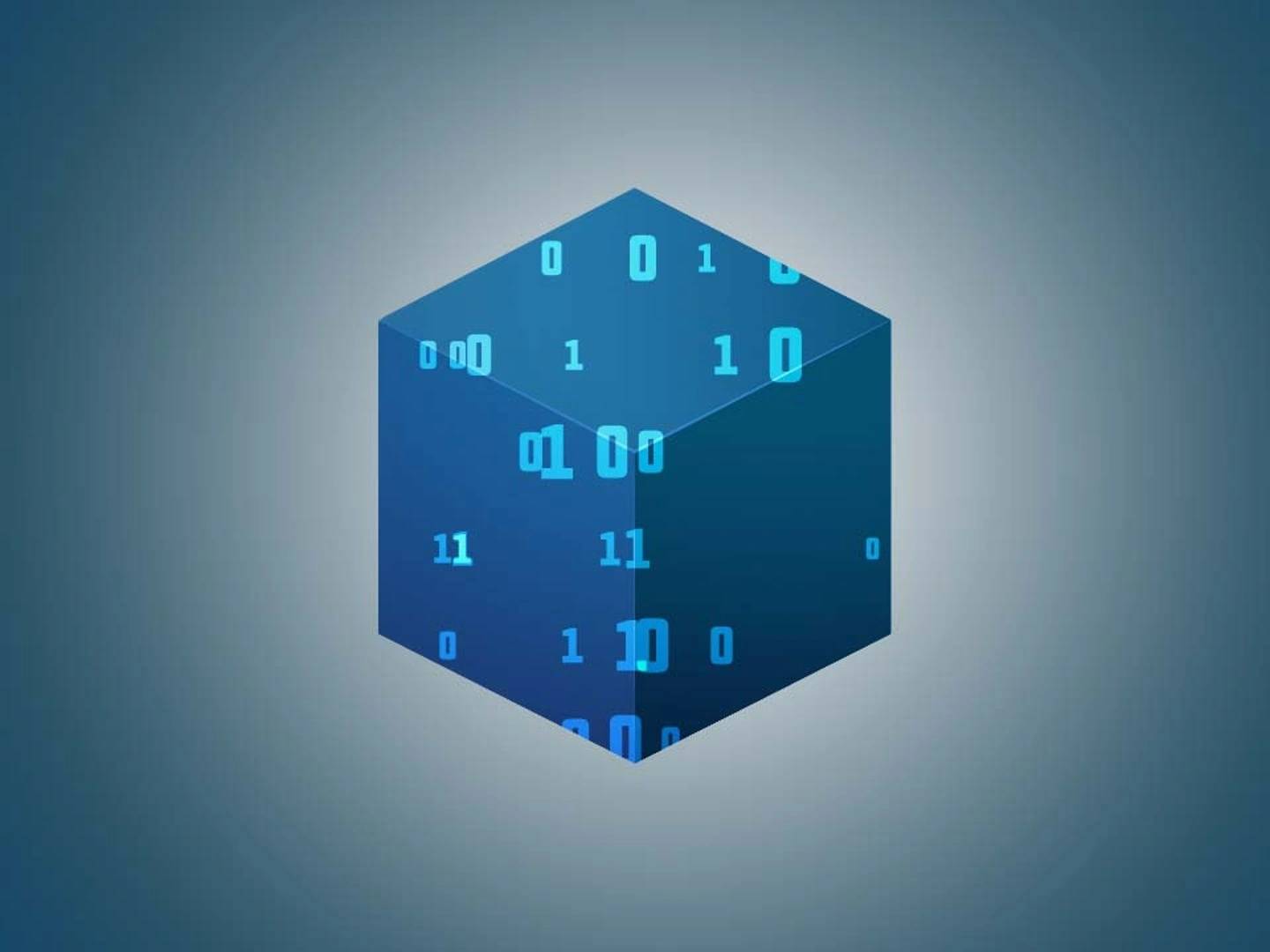Subscribe to wiki
Share wiki
Bookmark
Genesis Block
We've just announced IQ AI.
Genesis Block
Genesis Block is the inaugural block of a blockchain that serves as the foundation upon which the entire blockchain network is built. It is usually hardcoded into the software of the applications that utilize the blockchain and cannot be changed. [1][2]
History
The concept of the Genesis Block is rooted in the creation of Bitcoin, the first and most well-known blockchain. On January 3, 2009, Satoshi Nakamoto mined the inaugural Bitcoin block, the Genesis Block, with the message "The Times 03/Jan/2009 Chancellor on brink of second bailout for banks" embedded in the coinbase transaction. This message was a nod to the financial instability that Bitcoin aimed to address.
Genesis Block's message has become iconic in the world of blockchain, symbolizing Bitcoin's anti-establishment ethos and its mission to provide a decentralized alternative to traditional financial systems.[7]
Overview
Genesis block is fundamental to the architecture of any blockchain based protocol. It is the basis on which additional blocks are added to form a chain of blocks. Genesis block is also referred to as Block 0 and possesses distinct characteristics that set it apart from subsequent blocks in the chain. Every block in the blockchain stores a reference to the previous block. Genesis block has no previous block to reference, as it represents the starting point of the blockchain. It often contains special transactions that allocate initial cryptocurrency supplies to specific addresses. It is identifiable by a unique hash, and its timestamp signifies the birth of the blockchain. In the Bitcoin blockchain, the genesis block was mined by Satoshi Nakamoto on January 3, 2009. Modern versions of Bitcoin numbers it as block 0, though very early versions counted it as block 1.[4][5]
The genesis block also plays a pivotal role in configuring the blockchain network. It can embed essential network parameters, including rules, difficulty levels for mining, and other initial settings that define the network's operational framework. The concept extends beyond a single instance; different variants of the genesis block can exist for various purposes. For example, testnet genesis blocks cater to testing and experimentation needs, ensuring that potential issues are resolved before affecting the main network.
Ultimately, genesis block sets the stage for the entire blockchain system. It establishes the initial conditions, creates a historical starting point, and forms the foundation for the decentralized, tamper resistant ledger that blockchain technology embodies. [2][3][6][7][8]
Characteristics of Genesis Block
The Genesis Block is characterized by several key features:
-
Immutability
The genesis block is immutable, establishing a trust base for the entire blockchain. This feature ensures that all subsequent blocks maintain their intended order and data integrity, fostering trust and security in the blockchain network. [8] -
Unique Identifier
Each genesis block has a unique identifier, often referred to as a "hash." This hash differentiates it from all other blocks in the blockchain and is created through a cryptographic process. This cryptographic hash is generated from the block's data and is used to ensure the block's integrity. [3][2] -
Timestamp
The Genesis Block's timestamp marks the precise moment when the blockchain was initiated. This timestamp provides historical context for the blockchain's creation. [8][4] -
Manual Creation
Unlike other blocks in the blockchain that are created automatically through the network protocols, the genesis block is typically created manually by the blockchain's founder or founding team. This includes manually setting various parameters and initial values.[1] -
Variations for Different Networks
In some blockchain ecosystems, separate genesis blocks are created for various purposes or networks. For example, testnet genesis blocks are used for testing and experimentation, distinct from the main network's genesis block.[3] -
Network Parameters
The Genesis Block can embed critical network parameters, such as mining difficulty levels and network rules. These parameters help define the initial configuration of the blockchain network. [8]
See something wrong?
